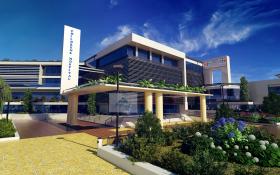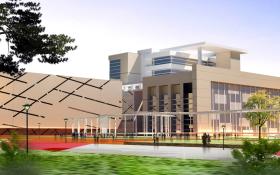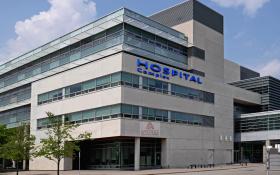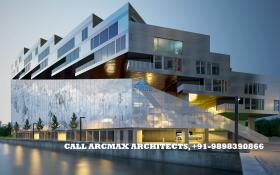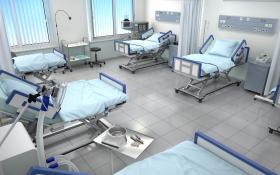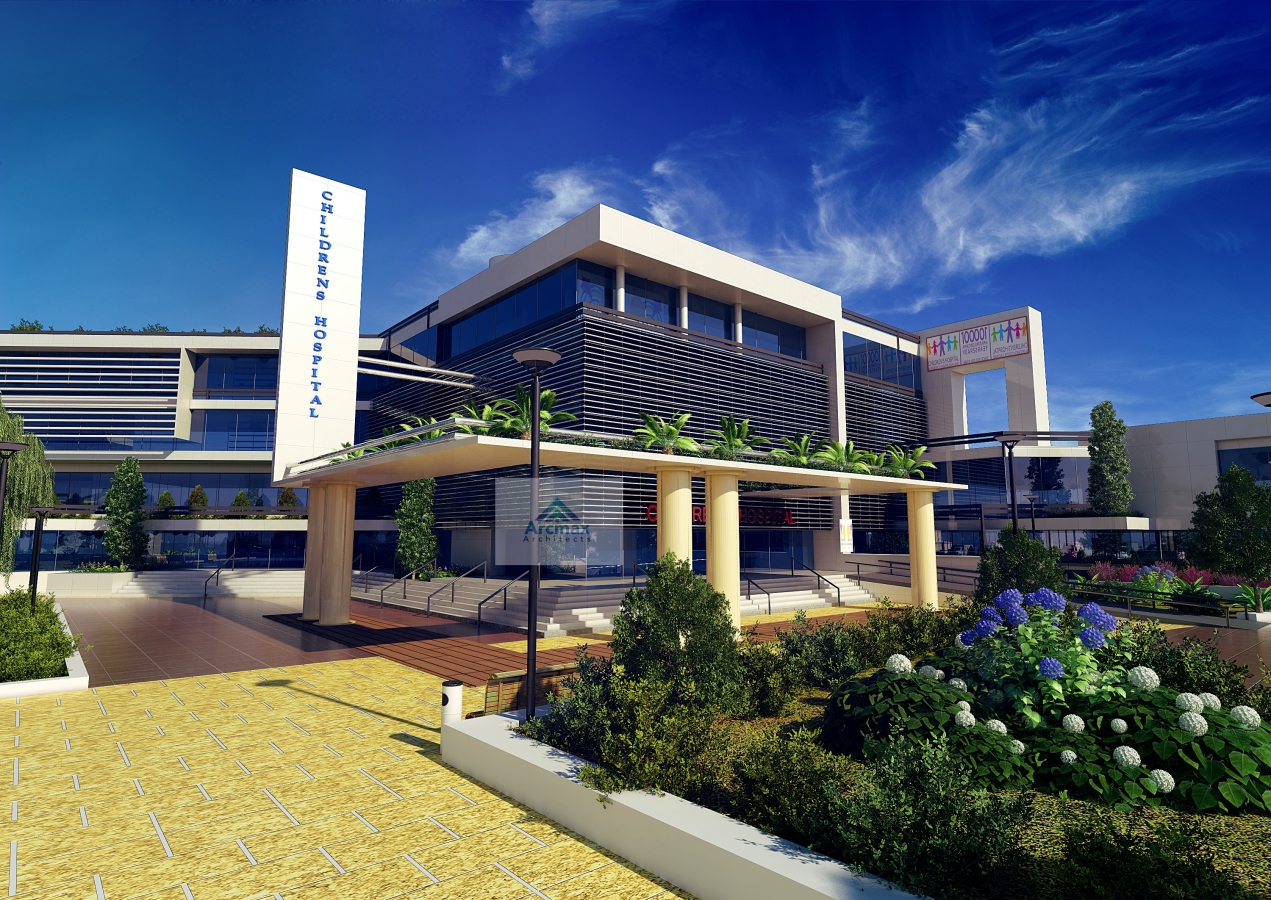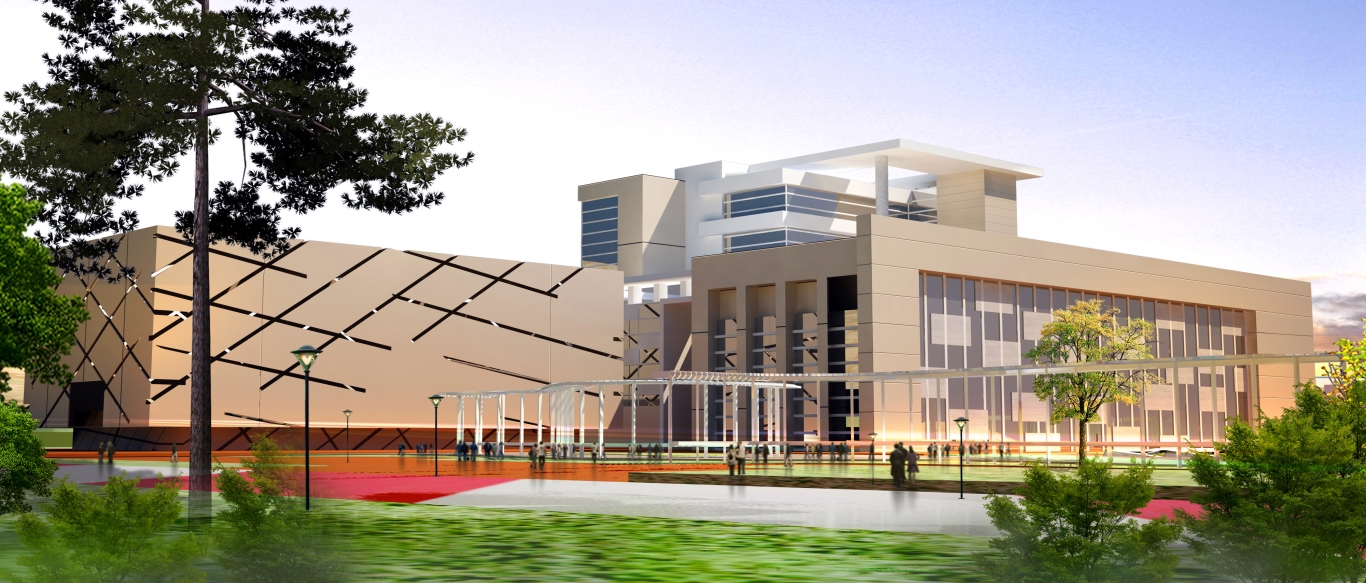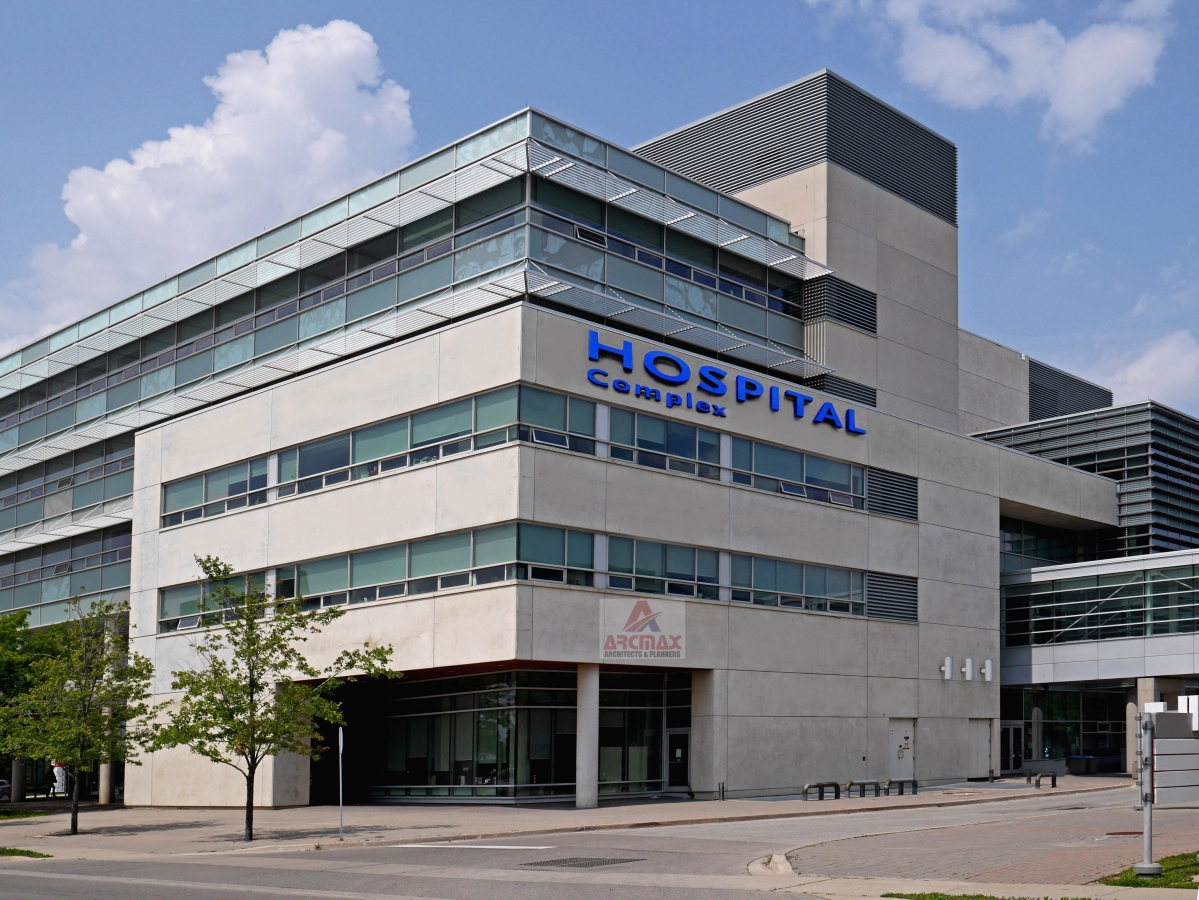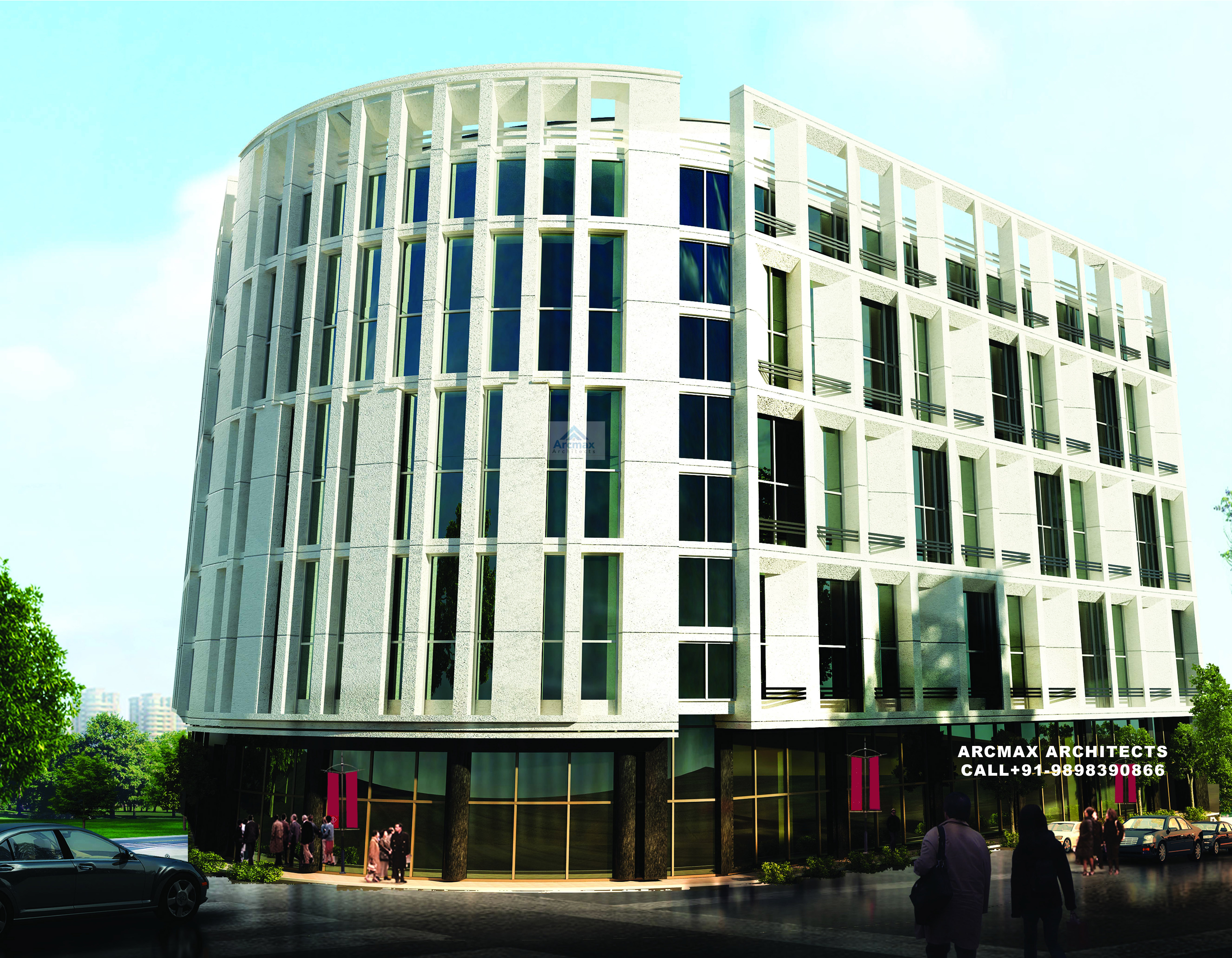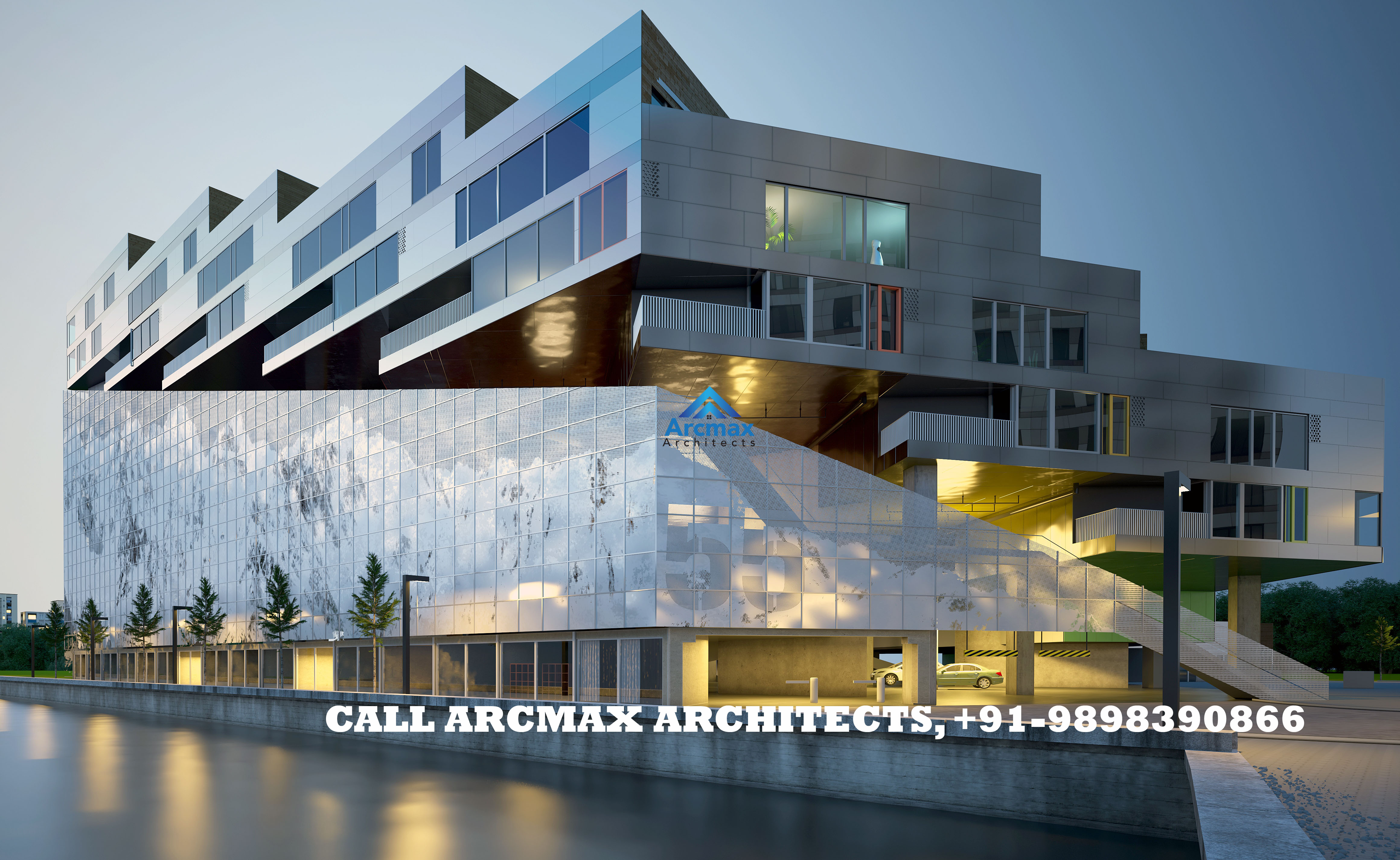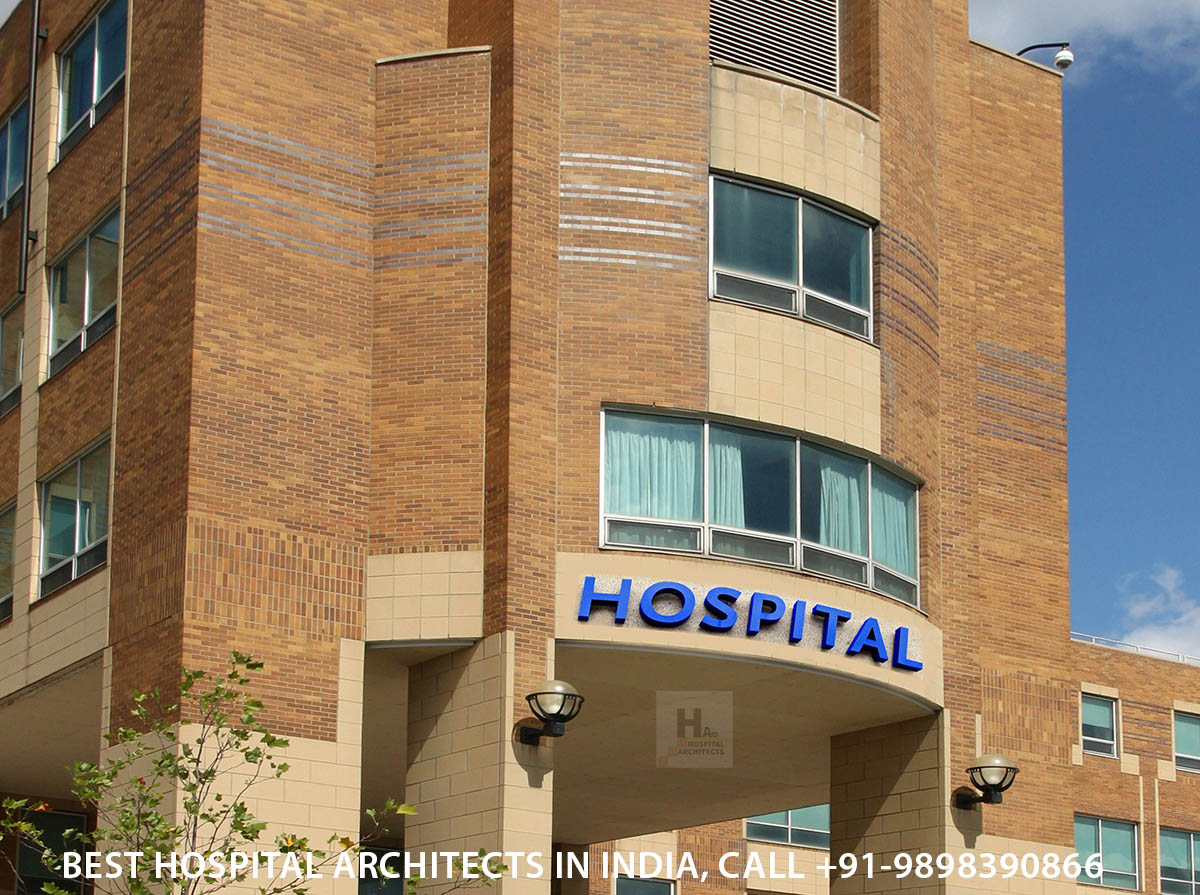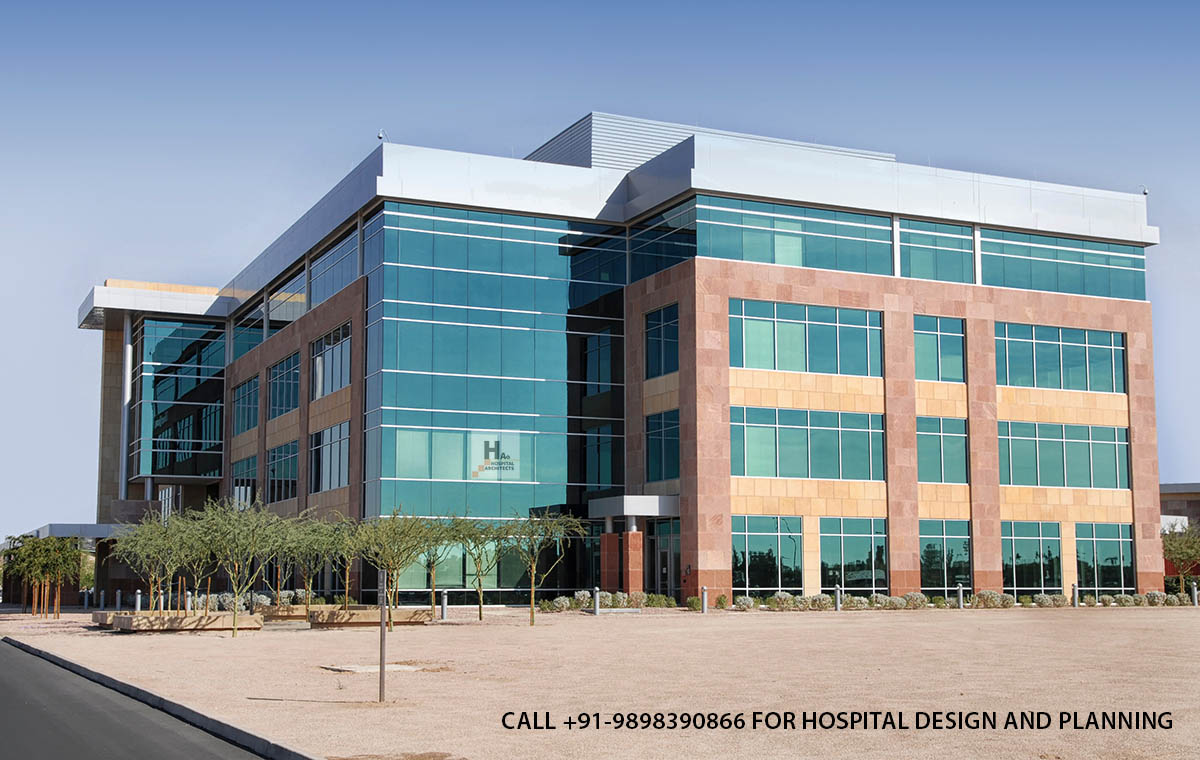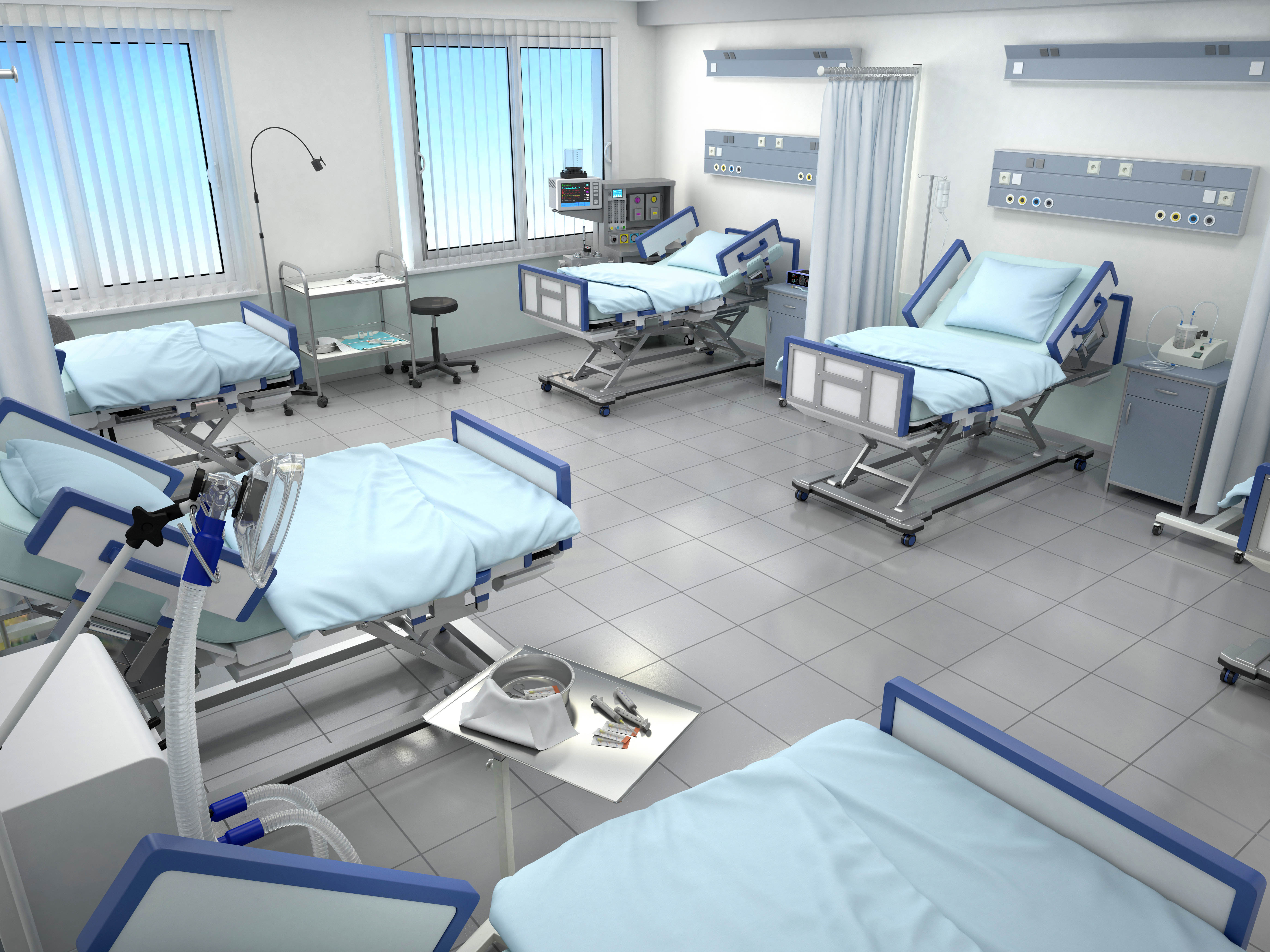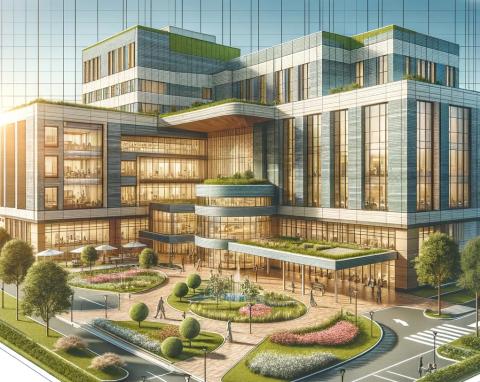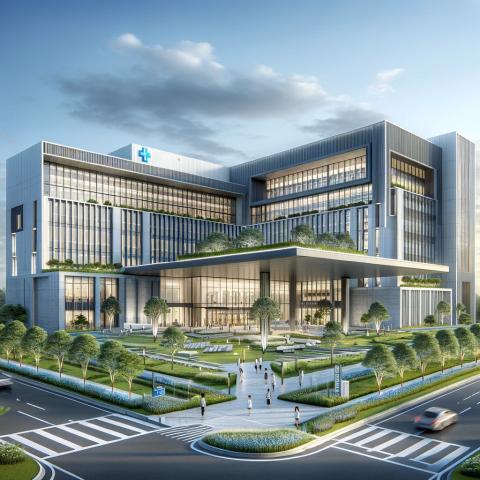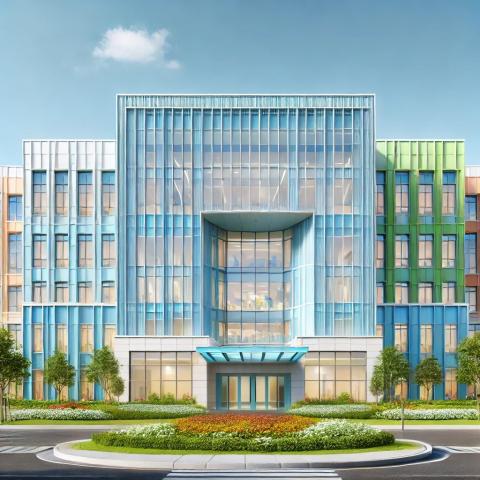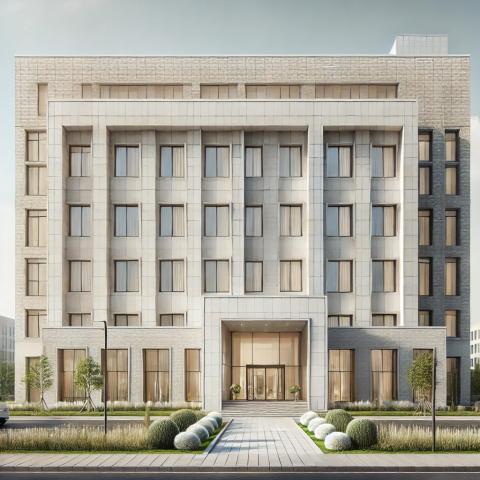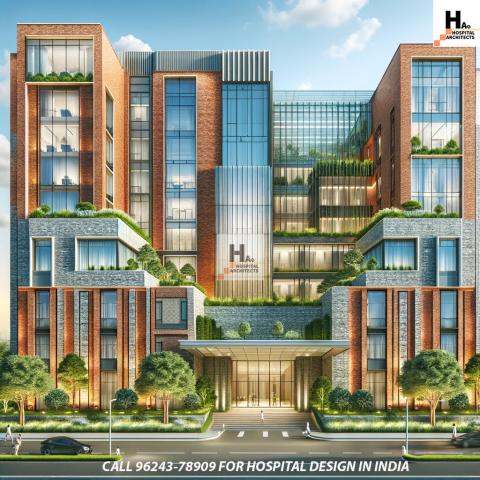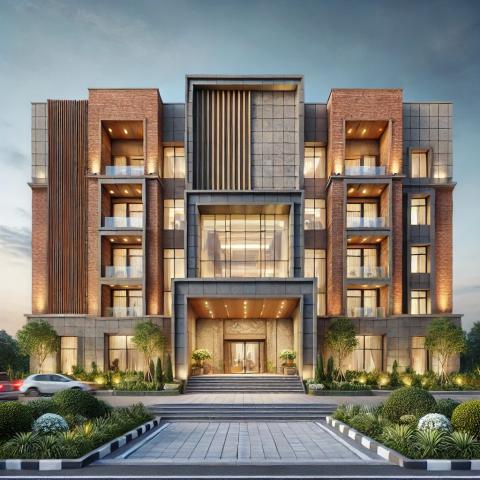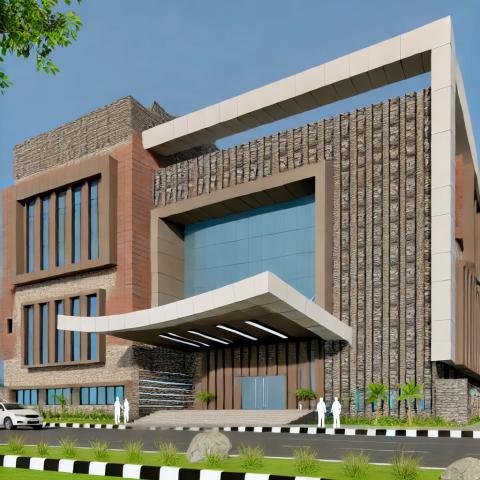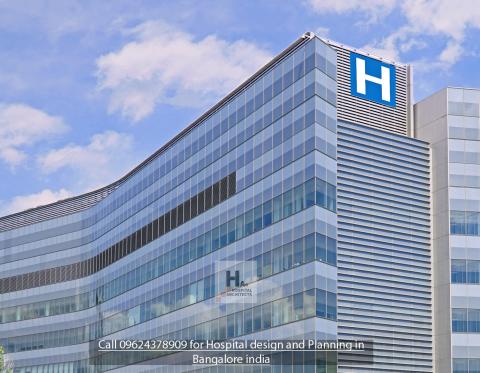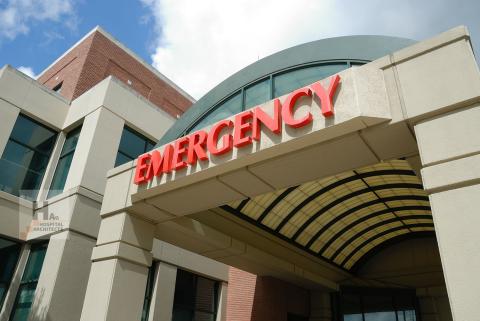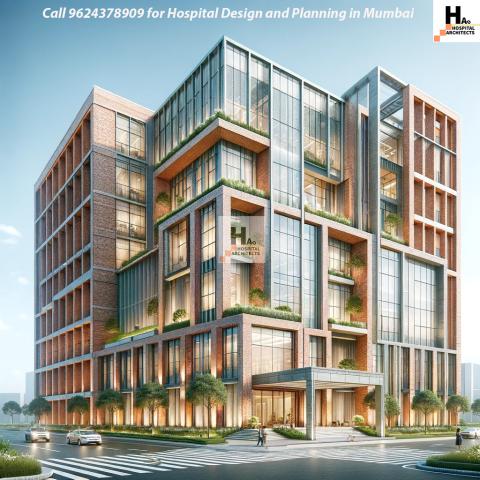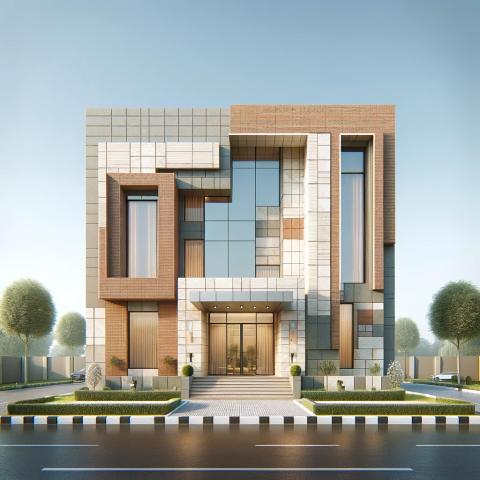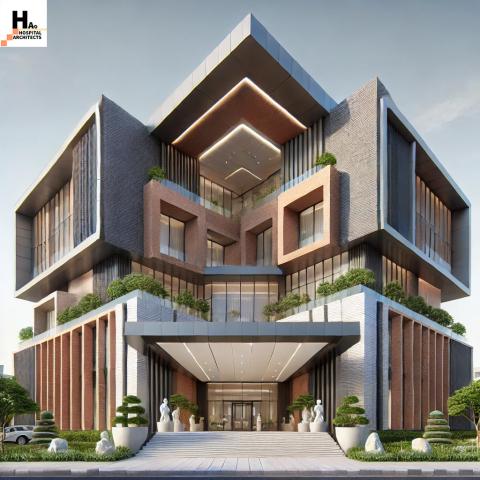HDA Architects Specializing Multi-Specialty Hospital Design: Call +91-9753567890 for Multi-speciality Hospital building Architecture design in India
An architect needs medical specialists and Hospital Construction Companies to work together a complex building for a multidisciplinary hospital.
To develop a modern hospital design and an efficient medical institution, good knowledge of Multi-Specialty Hospital Floor Planning and medical specifics, especially medical technological processes, is needed.
Hospital Architects(HAD) in India Proving Architectural and design services in india to design medical institutions and multidisciplinary hospitals.
At Hospital Architects{HAD)We consider the following details when designing and Planning multispecialty hospitals in india.
Values and needs:
- Providing separate screened examination rooms as well as counselling rooms near OT and ICU for discussion.
- Moving in-patients to treatment/diagnostic areas through separate corridors reduces patient discomfort.
- Providing ramps with proper slopes – even stairs should have uniform steps to prevent falls.
- Seniors and the disabled need accessible toilets.
- Indoor and outdoor projects should include a "way-finding" process. Patients, visitors, and staff must know their location, destination, and how to get there and back. Finding, identifying, and using spaces without help
Comfort patient:
· Reduce crowding with space
· Non-reflective finishes in bright colours provide proportional room size and scale.
· Each patient should have access to a garden or day space (for this point)
· Where outdoor views aren't available, photo murals of nature scenes can help. Daylight intensity is up to 40,000 lux, with brightly lit interiors.
Benefits:
· Daylight speeds post-surgery recovery. The circadian system or human biological clock maintains health.
· Studies show that day lighting reduces "ICU psychosis," a critical care delirium.
· Physical and visual connections to nature help patients heal, reduce stress, and improve the health care environment, according to research.
· Staff benefits, improving patient care.
Optimisation parameters:
New healthcare facilities must be adaptable to changing patient expectations, new treatments, and medical advances. Clinical and support staff, patients, relatives, volunteers, and visitors use healthcare facility space. This has created a need for multi-use and multi-functional healthcare facility space, which optimises design. Multipurpose space, flexible planning, and standardisation are needed.
Adapt spaces
· Space-planning modules
· Design generic patient rooms/OT/ICU to fit within the planning grid.
· Design modular structural and engineering systems where size and programme allow. If planned and designed properly, large projects can adapt to changing programmes and needs.
· Open corridors with well-planned expansion directions allowed for growth as needed.
Standardization:
· Standardization in healthcare facility designs is important.
· Standardized clinical areas improve care and treatment, make clinical staff's lives easier, and reduce medical errors.
· Functional and construction space optimization are related. Identical OTs increase OT staff efficiency during operations because they can easily retrieve and locate instruments.
· Planning for identical ICU units improves ICU staff response time in emergencies because equipment/monitors are located in the same place in each cubicle. Identical nursing rooms improve staff efficiency, but rooms with mirror layouts optimise services.
Silence:
Noisy healthcare settings are well-documented stressors. Noise stresses patients and caregivers. WHO recommends that background noise in hospital rooms not exceed 35 dB and night time peaks not exceed 40 dB. Fenestration can block outdoor noise. Sound-insulated walls and ceilings reduce indoor noise and prevent sound transfer.
Quality improvement
· Good air quality controls and prevents airborne infections in healthcare facilities. Clean, filtered air and ventilation are key to good air quality.
· HEPA filters are highly effective at filtering out harmful pathogens and are recommended for immune-compromised patients.
· Adequate ventilation rates per NABH standards and regular cleaning and maintenance of the ventilation system are essential for controlling airborne pathogens. Operation theatres and ICUs need 2-stage filtration systems. Patient rooms may/may not have air conditioning but must have ventilation for air changes.
· Barriers between patient care and construction areas are recommended to prevent infection during construction and renovation.
Hospital Architecture:
Well-oriented buildings maximise day lighting through facades, reducing artificial lighting. In the equator, main windows should face north to avoid solar heat gain. West-facing solar heat gain is problematic because it peaks during the hottest part of the day. In east or west-facing urban buildings with large openings, solar heat gain-reducing glazing should be used. Orientation-appropriate sunshades must be provided for every building's external opening.
Eco-design:
To improve operational efficiency and reduce costs, design sustainable hospitals. As we saw earlier, the building must be planned to maximise functionality, and aesthetic features like glazing must be carefully chosen.
Structure:
· Building Fabric protects occupants and regulates indoor climate. It affects how much energy a building uses. Solar heat gains can be controlled by the size and orientation of glazed surfaces. Selecting heat-reflective glass saves energy.
· Water and energy conservation
· When possible, distribute water using gravity
· Hospitals must have a rainwater harvesting or groundwater recharge system.
· Sewage plant installation
· Reuse storm water for gardening and flush toilets.
· LED lighting and energy-efficient gadgets
· Include solar panels or photovoltaic cells on the roof to generate electricity and heat water for hospital use from the sun's energy. Alternatively, the panels could power back-up lighting or street lighting.
These are some of the rules that could add value to your projects, from a Patient and Doctor's point of view, taking into account the green aspect, and reducing the carbon footprint on the project.
Call HDA Architects Today +91-9753567890

